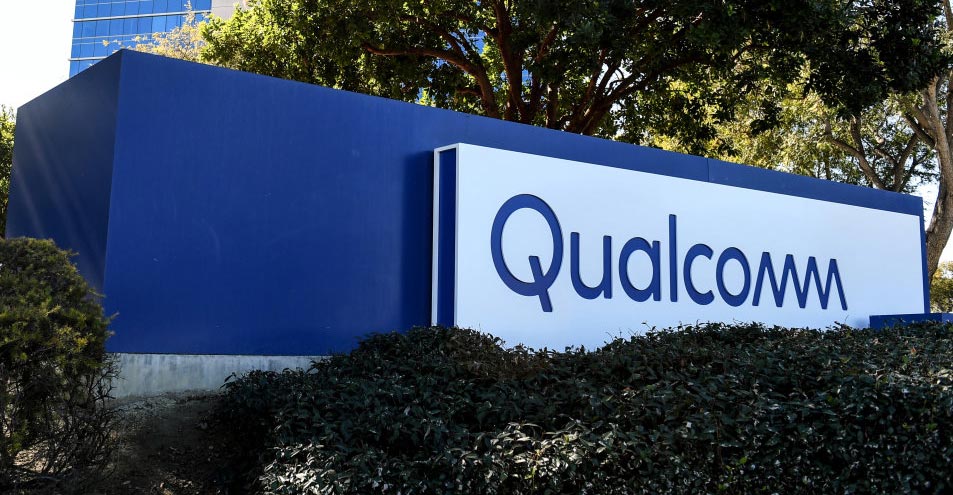Qualcomm has long been synonymous with system-on-chip (SoC) leadership, particularly in the smartphone sector. From the early Snapdragon mobile processors that defined the Android flagship experience to the AI-driven, 5G-capable platforms of today, the company has consistently balanced performance, power efficiency, and connectivity in ways that shape entire product categories.
The latest announcement of the Snapdragon W5+ Gen 2 and W5 Gen 2 platforms signals Qualcomm’s determination to bring that same formula to wearables — a segment still struggling to reach the mass market beyond a few high-profile successes like the Apple Watch.
This launch marks more than just a generational upgrade. It’s an effort to address some of the foundational barriers that have kept wearables from reaching their full potential.
John Kehrli, Qualcomm’s Senior Director of Product Management for wearables, framed the move as the culmination of years of incremental learning. “With W5+ Gen 2, we’re taking what we’ve mastered in smartphones — integrating performance, efficiency, and connectivity into one seamless platform — and bringing it to a category that’s still searching for its defining moment,” he said.
Qualcomm SoC Expertise Targets Wearables
Qualcomm’s DNA is rooted in complex SoC integration. The company’s engineers understand that the magic of a great device is not in maxing out any single component, but in orchestrating CPU, GPU, connectivity, AI, and power management into a tightly optimized whole. That’s what W5+ Gen 2 and W5 Gen 2 aim to deliver.
Qualcomm’s Snapdragon W5+ Gen 2 and W5 Gen 2 introduce NB-NTN satellite connectivity, machine learning GPS accuracy, and an optimized RF front end for next-generation wearables. (Image Credit: Qualcomm)
The chips are built on a 4nm process, offering higher performance per watt and enabling OEMs to shrink form factors without sacrificing capability. The addition of Location Machine Learning 3.0 improves GPS accuracy by up to 50% in dense urban environments — a critical feature for runners, cyclists, and anyone using a smartwatch in cities or rugged terrain.
The optimized RF front end contributes to an approximately 20% smaller footprint and lower power consumption, giving manufacturers more flexibility in design.
The headline feature, however, is NB-NTN satellite support — a first for the wearable industry. This technology, powered by Qualcomm’s partnership with Skylo, allows for two-way emergency messaging without cellular or Wi-Fi coverage.



Comments (9)
GsprRJIskqWUwRk
Interesting article. I'm curious to see how this impacts the overall price point of wearables. Lower cost chips are definitely needed to drive broader adoption.
imostomach
Interesting article. I'm curious to see how this impacts battery life in actual devices. Marketing hype is one thing, real-world performance is another.
GsprRJIskqWUwRk
Interesting article. I'm curious to see how this impacts battery life and overall performance in actual use. Many wearables still fall short in those areas, so this is a key factor in wider adoption.
GsprRJIskqWUwRk
Interesting article. I'm curious to see how this impacts the battery life of wearables. A lot of current smartwatches struggle in that area, so improved efficiency is key for wider adoption.
xzndyWzVy
Interesting article. I'm curious to see how this impacts the battery life of wearables. That's always been a major limiting factor for me.
aOAzgZxJVqI
Interesting article. I'm curious to see how this impacts battery life and overall performance in real-world use. The market is crowded, so Qualcomm needs a real winner here.
qBOFRSYDw
Interesting strategy. Will be curious to see how this impacts battery life and overall performance in real-world use. The wearable market is so competitive, they need a strong offering to stand out.
GsprRJIskqWUwRk
Interesting article. I'm curious to see how this impacts battery life in real-world use. Many wearables still fall short in that department.
kFKvBhJhBNbHZ
Interesting article. I'm curious to see how this impacts the overall price point of smartwatches and fitness trackers. Lower cost chips are key to wider adoption, but will the performance improvements justify a potential price increase for consumers?